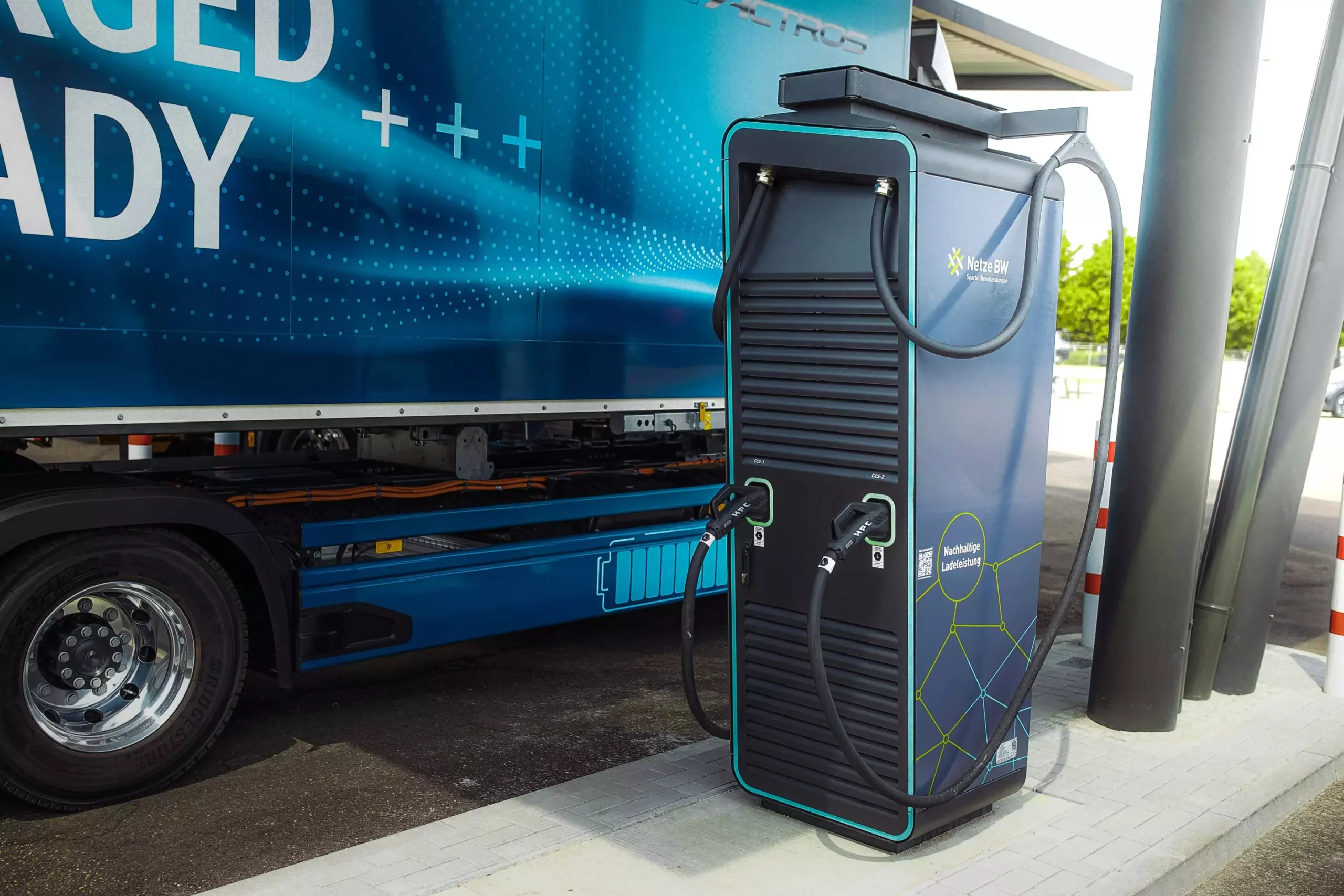Australia is facing a significant challenge when it comes to reducing emissions in the transportation sector. Currently, transport is the third-largest and fastest-growing source of emissions in the country, accounting for 23% of the total. Without intervention, it is predicted that transport will become the leading source of emissions by 2030.
One of the main contributors to emissions in the transportation sector is the increasing number of diesel vehicles on the road. Emissions from on-road diesel vehicles, especially in the freight sector, have seen a significant increase in recent years. The number of diesel vehicles in Australia has grown by 84% since 2014, compared to only 5% for petrol vehicles.
The Role of Passenger Cars and Freight Trucks
Passenger cars account for a large portion of transport emissions, making up 44% of the total, while freight trucks contribute 23% of emissions. This highlights the need to find effective ways to reduce emissions from both passenger and freight vehicles.
One of the most efficient ways to cut emissions from vehicles is by electrifying them. Electric trucks have been identified as a faster option to decarbonize road freight compared to hydrogen trucks. In some cases, hydrogen trucks have been found to have two to three times the emissions intensity of electric trucks.
Challenges with Hydrogen Trucks
While hydrogen trucks have zero tailpipe emissions, there are challenges associated with their full lifecycle emissions. Currently, the majority of the world’s hydrogen is produced from coal or natural gas, leading to significant emissions. The production, storage, and delivery of hydrogen also involve complex processes that result in energy losses.
Impact of Renewable Energy Mixes
Analyzing the lifecycle emissions of freight trucks in different scenarios revealed that a switch to renewable energy sources could significantly reduce emissions. Scenarios with a high adoption rate of electric and hydrogen trucks combined with renewable energy show the potential for a 76% reduction in emissions.
Despite the environmental benefits of low-emissions trucks, there are significant barriers to their adoption. High upfront purchase costs, total ownership costs, and a lack of supporting infrastructure are major obstacles. Additionally, there is uncertainty about the performance and costs of low-emissions trucks.
Industry Interventions and Policies
To overcome these barriers and accelerate the shift to low-emissions trucks, a mix of industry interventions and policies is needed. Global investment in truck manufacturing, tighter emission standards, government investment in infrastructure, and incentives such as subsidies can all help drive the adoption of low-emissions trucks.
A Holistic Approach to Emission Reduction
It is essential to take a holistic approach to emission reduction in the transport sector. Fleet decarbonization alone is not enough to achieve significant emissions reductions. Managing demand through measures like heavy vehicle pricing and taxation, shifting road freight to rail, and optimizing freight distribution are all essential components of a comprehensive emission reduction strategy.
Decarbonizing the transport sector in Australia presents a significant challenge, but it is essential to reach emission reduction targets. By addressing the barriers to adoption of low-emissions trucks and implementing a holistic approach to emission reduction, Australia can make significant progress towards a more sustainable transportation system.



Leave a Reply